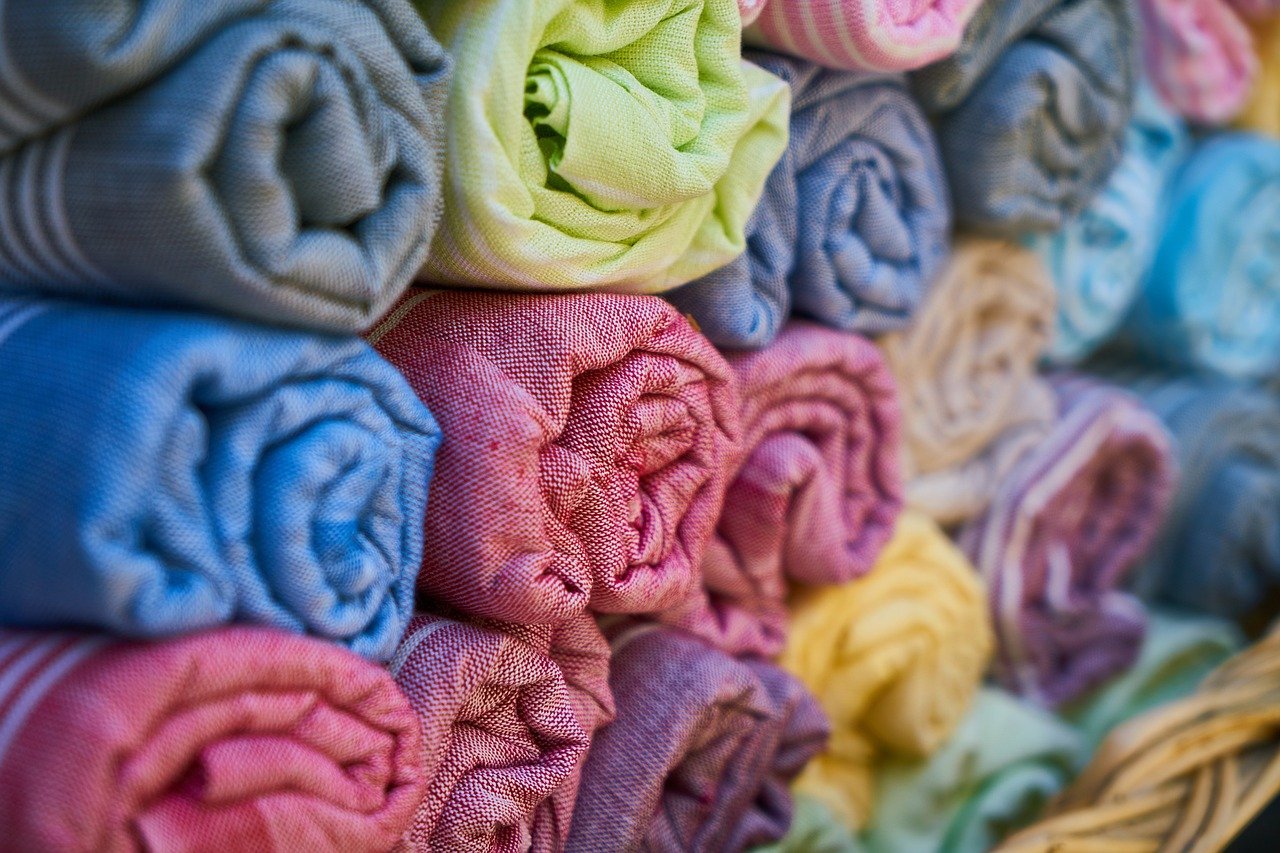What to Know About Textile Production and Design
What are Textiles?
Textiles are defined as woven material made into fabrics and other materials. Now, the first thing that probably comes to mind is fashion— but fashion isn’t the only industry related to textiles. All fabrics are textiles, but all textiles aren’t fabrics. Textiles are used to make clothes, but so many other things are considered textiles. Linens, flannel, and even canvas are considered textiles.
The 5 Types of Textiles
1. Animal-Sourced
Fibers made from the skin or fur of animals. Examples include cashmere (from goats), silk (from silkworms), wool (from sheep), and leather from various animals, including cattle. Unfortunately, animal-based fibers aren’t always sourced ethically, which is why many people prefer plant-based textiles.
2. Cellulosic
Synthetic or semi-synthetic fibers extracted from the stalks of wood plants, such as trees, shrubs, and bamboo.
3. Plant-Sourced
Plant-sourced textiles include cotton, linen, and hemp. Plant-based textiles have become more popular over the years due to being cruelty-free.
4. Semi-Synthetic
Like the name suggests, semi-synthetic textiles are extracted from natural sources but created through a chemical process. Acetate is an example of a semi-synthetic fiber.
5. Synthetic
Synthetic textiles are man-made from various sources. One of the most common sources includes petroleum. Synthetic textiles are more affordable than natural textiles, with examples being polyester and nylon.
How are textiles made?
The first step in creating textiles is to weave together the fibers. Depending on the source, the fibers may need to be treated in order to be viable for the weaving process.
Before textiles can be treated, they need to be cleaned. Proper cleaning ensures that the dyes and any subsequent materials will properly adhere to the fibers.
Next comes the dyeing and printing processes. Dyeing is how the textiles get their base color, and printing is used to create different designs. However, the fibers must go through the cleaning process beforehand. This may sound difficult, but one of the most effective ways of cleaning textile surfaces to ensure workability is the use of plasma technology, particularly low-pressure plasma.
What is plasma technology?
Plasma technology by bdtronic specializes in plasma treatment systems. Plasma technology allows for the elimination of debris from materials in order to make them desirable for additional materials to be added.
The Various Uses of Textiles
Fashion Design
Fashion is probably the most popular career within the textile industry. While working in the textile industry is not exactly the same as working in the fashion industry, the two are definitely related. As a textile designer, you’ll design fabrics for various uses, including clothing.
Home Design
Interior design is another field in which you would find a textile designer. In this field, your focus would be on designing things like carpet, furniture, and wall coverings. Not only will your design be focused on aesthetics, but also the functionality. Other home-related items include blankets, linens, and towels.
Other Industries
Textile designers may also be employed in the automotive industry (designs for the interior of cars), the jewelry industry, and any industry where fiber design and functionality meet.
Job Outlook
This is a very diverse industry, as textile designers can be employed just about anywhere. While the need for textile manufacturers is declining due to advances in technology, there will always be a need for designers.
More than likely, you will need a bachelor’s degree in textile design or a related field, such as art, fashion, etc. There may also be an opportunity for an internship, in which you will gain valuable experience in the field.
As a designer, your responsibilities will include a working knowledge of print, design, and color palettes. You should have a vast knowledge of design and an eye for colors and patterns. And even though you may not physically create the textiles yourself, it’s important to have insight into how textiles are made.
The textile industry is a global industry, being very popular throughout the world. As of 2021, the United States rose from third (after India) to second (after China) in terms of the biggest supplier of textiles.

